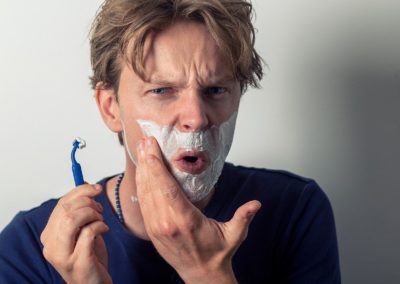How To Deep Condition Curly Hair

written by nail expert Jess Rowley
How To Deep Condition Curly Hair:
Whether you have thick, wavy, curly, or coily hair, having luscious starts with having good deep conditioning and a washing routine. But how do you deep condition curly hair?
Trust me; I’m here to help.
Getting yourself into a good deep conditioning routine will not only make it easier to manage your curls, offer more elasticity, but it will leave curls feeling hydrated and stronger.
The first step we need to complete is working out what deep conditioner works for our curl type and hair porosity, then knowing the technique is the next step.
But wait, let me tell you something.
To make things easier for you, I’m here to rundown everything you need to know when deep conditioning your hair, along with my top technique for you to try.
Come on, girl, luscious locks are waiting!

What Is A Hair Mask?
So what is deep conditioning maks, and what does it do for your hair? Is it worth including it in your cleansing routine?
Deep conditioning hair masks have some serious benefits for all hair types but especially curly hair. Since curly hair is the driest hair type, all hair masks rejuvenate curls and give them the hydration kick they need.
Deep conditioners are an intense hair mask or hair treatment formulated with key conditioning agents to restore your hair’s moisture levels, reduce hair breakage, and improve hair elasticity.
That last two benefits are crucial, especially for curly hair, as curly hair can only be brushed while wet, so it will tend to lose elasticity and can cause a storm of breakage if you brush your curls the wrong way.
Learning to brush your curls and using the right products will make a world of difference.
Deep conditioners contain humectants, emollients, and occlusives. Humectants draw in moisture to the hair shaft while also retaining moisture and prevent loss of moisture.
Emollients help soften and smooth the cuticle, which forms a film over the hair. Occlusives can also provide a barrier over the cuticle to prevent loss of water.
If these three work together, they provide the most hydration, protection, and moisture retention possible for your hair.
When To Deep Condition Hair:
So when should you deep condition your hair, and how often? How often you should deep condition your hair is really down to you and your hair type.
If you have particularly dry, brittle, and damaged hair, you should try deep condition once a week.
If you have quite normal hair and it is in fairly good condition, maybe a little dry at times (as expected with curls) but all in all in good condition, you can then get away with using a deep conditioning hair mask every 2 weeks.
As for when you should deep condition your hair, some people say you should do it before shampoo your hair, but I wouldn’t recommend this.
You’ll have to condition again after shampooing to soften the cuticle, and it just adds extra steps. Instead, you should shampoo and apply your deep conditioning mask to replace your conditioner and comb through.

How To Deep Condition Curly Hair:
Now for what you’ve come here, how to deep condition curly hair. It is fairly straightforward to fit into your routine.
Since you only need to do this once every week or two, you can set a day on the weekend to wash your curls and do a deep treatment that you can leave on for half an hour.
Here’s how you do it:
Step One:
The first thing you’ll want to do is first wash your hair twice with shampoo (sulfate-free shampoo, of course), massaging your scalp for a minute or two while shampooing.
Remember to wash your hair twice as the first shampoo tends to break down the grime and oils in your scalp while the second shampoo removes them and actually cleanses your scalp.
Are you all done with the shampoo? Brilliant, now it’s time to section your hair into multiple sections and apply a generous amount of deep conditioner or your treatment mask.
I like to start underneath and work through each section to ensure each strand is covered evenly. You’ll want the roots to the ends to be saturated with the product.
You’ll also want to be sure to apply the deep conditioning mask to soaking wet hair as it allows for better absorption and helps hair retain and absorb as much moisture as possible.
Step Two:
Once you’ve completely drenched your curls in the treatment hair mask, next up is to grab your curl-friendly wide-tooth comb and detangle each section of hair from the roots to the tips.
Detangling your hair from the ends to the roots can help evenly distribute the deep conditioner throughout the hair and allow the deep conditioner to penetrate more deeply into the hair strand.
This also gives hair a little bit of slick to it, so you can detangle easily without the comb tugging, snagging, or pulling on the curls, which causes breakage.
Step Three:
Once you’ve combed through the leave-in hair mask, you should cover your hair with a plastic cap or wrap. If you have high porosity hair, you can leave it for 30 mins to an hour.
If you have low porosity hair, you can also warm your cap with a blow dryer, hooded dryer, or steamer for 30-45 minutes; this will help open the cuticle and penetrate the deep conditioner deeper into the cuticle for the ultimate product absorption.
This step really depends on your hair’s porosity.
Step Four:
Once the timer has gone off, you can hop back in the shower and rinse the treatment off your hair. If you have high porosity hair, it is recommended to do a cold rinse; this will help close the cuticle.
That being said, even with low porosity hair, having a cool rinse will prevent frizz. High porosity girls should apply a gel or serum to seal the cuticle further.
You can then apply your styling products to your sopping wet hair and style like usual. Remember if you use a towel to use a microfibre towel or cotton t-shirt.

Ingredients To Look For In Your Deep Conditioning Mask:
You should keep an eye out for some key ingredients when choosing a deep conditioner for curly hair.
These ingredients are the key to strengthen, protect and nourish your curls. Here are the ingredients you should keep an eye out for:
Humectants:
This is the top ingredient you should look for in your deep conditioning mask. It is the key hydrating ingredient, and it is the part that will nourish your curls.
Humectants are like magnets that attract water; they pull moisture from the air or the moisture in the water, draw it into the cuticle, and help retain that moisture.
You’ll naturally find humectants in ingredients like honey and aloe vera and see it in deep conditioners under glycerin.
Emollients:
Emollients help smooth the cuticle and form a barrier on the surface of the hair. They act as lubricants that provide increased slip between hair strands, making detangling easier.
It gives your hair slip while protecting the cuticle from environmental damage. You’ll find emollients in olive oil, shea butter, mango butter, coconut oil, castor oil, etc.
Occlusives:
Occlusives are very similar to emollients because they can also provide a barrier over the cuticle to prevent loss of water.
It is like the same way plastic wraps form a barrier between your foot and the outside environment; it prevents harmful particles from entering your hair, causing your curls to swell, such as humidity.
It also prevents moisture from exiting the cuticle, which is key for moisture retention. Occlusives can include olive oil, jojoba oil, argan oil, or honey.
Hydrolyzed proteins
Hydrolyzed proteins can penetrate and fill in the gaps within the hair shaft and strengthen your hair. This damage can be caused by roughing your hair with a cotton towel; the texture can cause dents in your hair.
You may have heard of hydrolyzed wheat protein or hydrolyzed silk protein, and if so, you should look out for it when looking for a deep conditioner.
Another important thing to remember when choosing a deep conditioning mask is your hair type; if you have quite fine hair, you might want to go for a more lightweight formula.
The same goes for if you have thicker, coarser curls. You’ll want to look for a deep conditioner that will hydrate the ends of your hair.

Deep Conditioning Low Porosity Hair:
When it comes down to absorbing moisture, low porosity hair is the worst, making deep conditioning no easy task. The cuticle is flat, so it has a hard time absorbing moisture.
Instead of being absorbed into the cuticle, it just sits on top, so you may think it’s doing the job, but really, it’s just making your hair feel smooth for a day then back to dryness again.
But don’t worry, I have a simple yet effective solution for you; using the right technique can really help absorb all the goodness into the cuticle.
Plus, once it’s been absorbed, the gem of low porosity hair is that the moisture will struggle to escape again, leaving curls feeling hydrated for longer.
Hot oil treatment:
Since those with low porosity hair struggle to absorb products into the cuticle due to the cuticle being flat and closed off, heated treatments are often recommended.
For example, some curlies with fine, low porosity hair found that hot oil treatments worked well with nourishing the cuticle.
Hot oil treatments tend to be loaded with protein. Since it is applied while hot, it has a better chance of reaching inside the cuticle without leaving a greasy residue, making it perfect for low porosity curlies with fine hair.
Here are the top oil recommendations for this treatment:
– Grapeseed Oil: Grapeseed oil adds moisture, strength, and shine to the hai; you can also use it as a leave-in treatment for 30 minutes to help promote hair growth in thinning hair.
– Jojoba Oil: Jojoba oil is brilliant for moisturizing the scalp and can even be used as a dandruff remedy. Jojoba oil is rich in vitamins and minerals that can nourish the hair.
Such as vitamin C, E, B vitamins, zinc, and copper. It can also prevent hair loss and promote hair thickness in thinning hair.
– Argan Oil: Argan oil can help moisturize your hair and scalp, protecting it from everyday damage. It reduces breakage and split ends while strengthening strands.
Argan oil can also prevent hair loss and promote thicker and fuller hair, making it perfect for fine curls or thinning hair.
Heat deep conditioning treatment:
Since the only way to open the cuticle on low porosity is through heat treatments. Many people with low porosity hair use a steamer while treating as the steam works to open up the cuticle.
Wrapping your hair up in a cap and sitting under a hooded dryer or blow-drying the edges on low heat for 30-45 minutes can also help open up the cuticle and allow the treatment to penetrate more deeply.
Buying products specific for low porosity hair:
The best thing for low porosity hair is to buy products that work for this hair type; pairing this with a steaming treatment will help the products penetrate through.
Deep conditioning treatments for low porosity hair include ingredients that penetrate the flat cuticle as they’re not too heavy to sit on top.

Deep Conditioning High Porosity Hair:
High porosity hair is not so much the struggle of absorbing moisture but rather retaining moisture within the cuticle.
With high porosity hair, the cuticle is lifted, so wear and moisture passes in and out easily, hense why moisture retention is so poor.
This hair type is also most prone to getting damaged by chemical treatments or hard shampoos since the cuticle is raised, making it more prone to dryness, breakage, and tangles.
Here’s how you care for this hair type with curly hair:
Protein treatments:
You should try to start incorporating protein treatments into your hair care routine. This will help strengthen the strands to prevent breakage.
Highly porous hair tends to have holes in the hair shaft, so using protein treatments will temporarily fill in these holes to strengthen hair.
You should use protein treatments monthly, but if your hair is particularly brittle and damaged, then using a protein treatment every few weeks will give it a little boost.
You can also use lightweight protein treatments in between heavier ones for maintenance and to strengthen hair. Protein treatments should be separate from your deep conditioning treatments as they do not moisturize hair.
Deep conditioning in the same way you would also deep condition low porosity hair is recommended for the treatment to penetrate fully.
With high porosity hair, I recommend you do a deep conditioning treatment with every wash since moisture and nutrients tend to escape quickly; it’s important to maintain this routine.
Doing a cool rinse after deep conditioning:
Once you’ve deep conditioned your highly porous hair, you should always finish with a cool or cold rinse (if you can bear it). This will help close the cuticle and prevent moisture from escaping.
Cool rinsing once you’ve finished cleaning and conditioning your hair is really underrated; it helps close the cuticle along with helping to tame frizz and add shine.
Cool rinsing smoothes and flattens the cuticle to prevent moisture from escaping.
Sealing the cuticle with butters or oils:
As soon as you’ve finished cleansing and conditioning, you should apply either butter or oil to the ends of your hair.
Shea butter is brilliant to use if you have quite thick porous hair as it will seal in moisture and close off the cuticle; it is also quite heavy, making it ideal for thick curls.
Olive oil is another brilliant sealant; since it doesn’t penetrate the hair, it creates a water/oil barrier. Since water cannot pass through oil, it acts as a sealant to lock in moisture.
Use apple cider vinegar or aloe vera:
If your hair is particularly porous and doesn’t respond to the heavy oils of butter you are using, or even if your hair is particularly fine, you can try apple cider vinegar or aloe vera instead.
Apple cider vinegar and aloe vera work well together to adjust the pH balance of your hair. This will help flatten the cuticle and seal in moisture.
Aloe vera especially acts as a humectant and emollient, so it absorbs moisture, retains moisture, and forms a seal over the hair. It is also super safe to use on curls.
Sealing in moisture and working to flatten the cuticle is key for high porosity hair; try giving a cool rinse a go and using products before styling, which create seals over your cuticle.
If you’re still not quite sure about hair porosity, working out hair porosity and caring for your hair porosity, I’ve broken it all down in a full guide here.
Summary:
So there’s how you deep condition curly hair; learning your curl type and hair porosity is the best first step you can take for healthy hair and healthy curls.
Sometimes all your hair needs is a good ol’ hydration treatment from the root to tip or 20-30 minutes weekly to restore moisture, strengthen hair and add shine.
Would you much rather use a homemade hair treatment rather than a store-bought one? I’ve created a full guide of my top recipes that your curls will love here.
Let’s get those bouncy curls back, ladies!
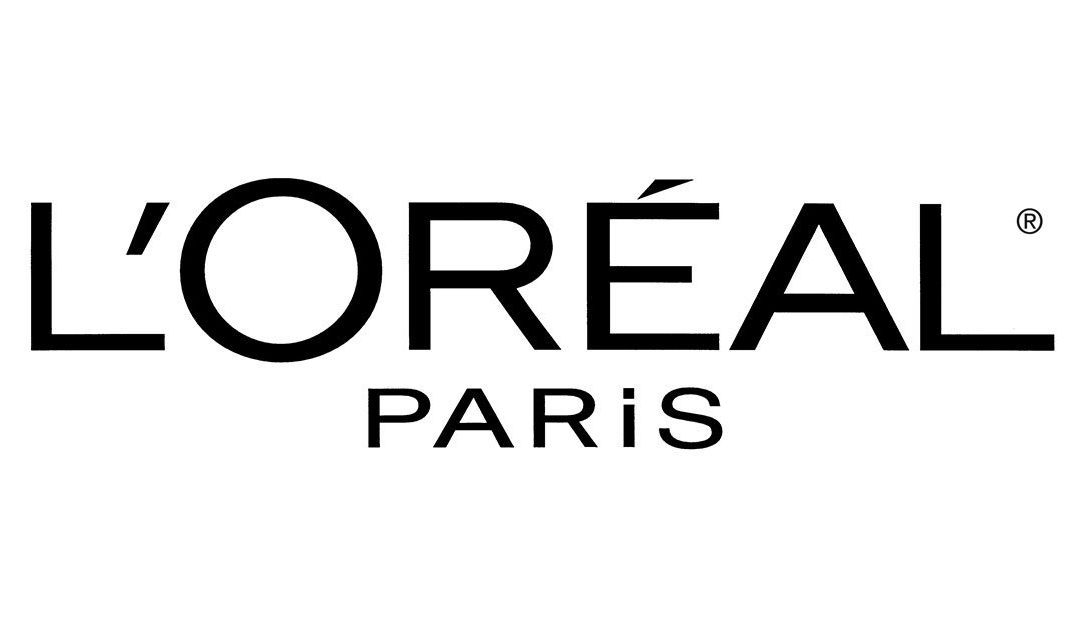
Best L’Oreal Products For Men
[Review] in 2022 written by nail expert Jess RowleyCheck out the results fast - here are our review winners[dica_divi_carousel item_width_tablet="400px" item_width_phone="345px"...

Best Neutrogena Skincare Products
[Review] in 2022 written by nail expert Jess RowleyCheck out the results fast - here are our review winners[dica_divi_carousel item_width_tablet="400px" item_width_phone="345px"...
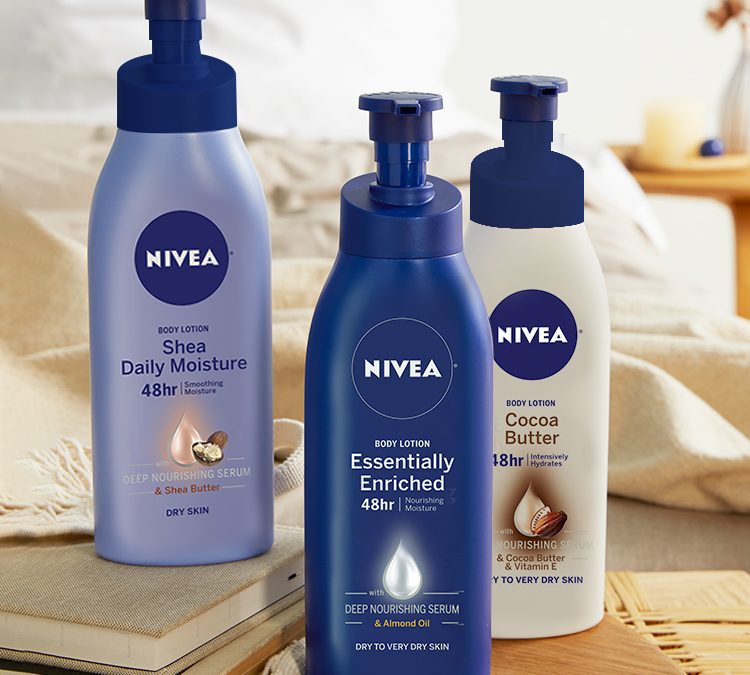
Best Nivea Products For Men
[Review] in 2022 written by nail expert Jess RowleyCheck out the results fast - here are our review winners[dica_divi_carousel item_width_tablet="400px" item_width_phone="345px"...
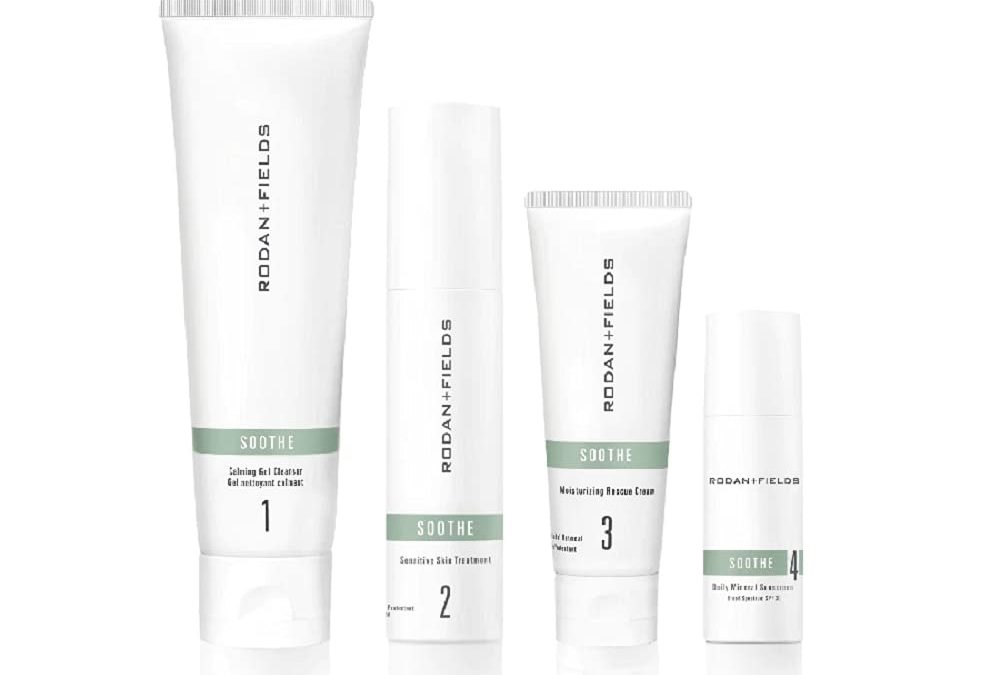
Best Rodan+ Fields Products
[Review] in 2022 written by nail expert Jess RowleyCheck out the results fast - here are our review winners[dica_divi_carousel item_width_tablet="400px" item_width_phone="345px"...
Related Post: Best Hair Mask For Curly Hair
